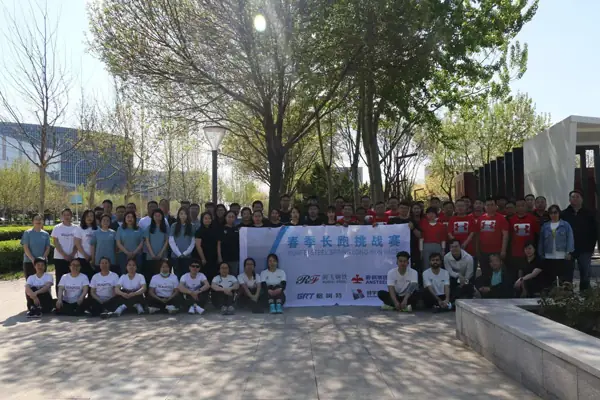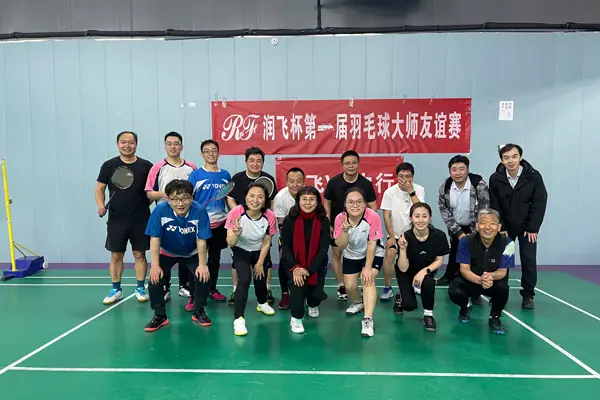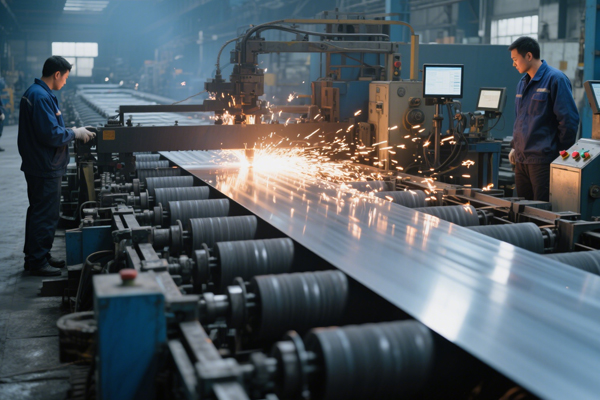Comprehensive guide to automobile structural steel: Types, advantagesand Applications
In the dynamic world of automobile manufacturing, the selection of material determines the performance, safety, durability and fuel efficiency of automobiles. Among key materials, automotive steel is a cornerstone for building a car’s core framework—Automobile Structure Steel. This special steel is specially designed to meet the needs of automobiles, balancing strength, flexibility and cost-effectiveness. Below, we will discuss the definition, unique advantages, specifications, applications and main types of stainless steel, as well as the role of stainless steel in improving corrosion resistance and life.

What is Automobile Structure Steel?
Automobile Structure Steel encompasses high-performance steel grades for vehicle structural components. Different from ordinary steel, it provides high tensile strength, formability, impact resistance and weldability by customized processes (controlled rolling, heat treatment and alloying).
It is divided into two key categories: automobile body steel (forms the shell and internal skeleton to ensure structural integrity) and automobile alloy structural steel (providing power/support for mechanical systems such as engines and suspensions). Both of them adopt advanced steel technology, and some of them use stainless steel to cope with corrosion (road salt and moisture) under harsh conditions.
Unique Advantages of Automobile Structure Steel
1. Exceptional Strength-to-Weight Ratio
Automobile steel (for example. It can be formed into complex parts (curved panels, complex hanging parts) without cracking, and can be welded seamlessly to make rigid structures. This reduces the weight of the vehicle and improves fuel efficiency (or electric mileage) without compromising safety-AHSS body parts are lighter than traditional steel and can withstand collisions.
2. Superior Formability and Weldability
It can be formed into complex parts (curved panels, complex hanging parts) without cracking, and can be welded seamlessly to make rigid structures. It is very important for car body steel, because strong welding ensures the safety of passengers.
3. Corrosion resistance
Compared to aluminum or carbon fiber, the production, processing and recycling costs of automobile steel (including some stainless steel) are lower. Over time, corrosion will weaken steel.
4. Cost-Effectiveness
Compared to aluminum or carbon fiber, the production, processing and recycling costs of automobile steel (including some stainless steel) are lower. The high recyclability of steel (most cars use recycled steel) reduces the impact and costs on the environment.
5. Excellent impact resistance and safety
Designed to absorb collision energy—AHSS body parts form a “safety cage,” minimizing cabin deformation. Yield strength: 130 MPa (if it is steel) to 1000 MPa (ahss) -it is very important for formability and impact performance.
Specifications for structural steel product for automobiles
Specifications vary according to type and use, and are consistent with industry standards (ISO and ASTM).
Main specifications of automobile body steel
· Tensile strength: 270 MPa (low-strength IF steel for inner panels) to over 1500 MPa (AHSS for structural members)
· Yield strength: 130 MPa (if it is steel) to 1000 MPa (AHSS) -it is very important for formability and impact performance.
· Elongation: up to 40% (used for deep drawing inner panels) or 15-25% (structural parts, balancing strength/flexibility)
· Coating: Zinc coatings (50-100g/m) or zinc-nickel alloys; High-end stainless steel coating is used.
· Thickness: 0.6-0.8mm (outer panels), 0.7-1.0mm (inner panels) and 1.2-2.0mm (structural component).
Main technical requirements of alloy structural steel for automobiles.
· Alloy Composition: manganese, chromium, nickel, molybdenum (e.g. For wear resistance, the gear steel contains 0.8-1.5% chromium.
· Hardness: 25-35 HRC (ductile shaft steel) to 45-55 HRC (elastic spring steel)
· Tensile strength: 600 MPa (non-tempered shaft steel) to 1200 MPa (quenched/tempered gear steel)
· Fatigue Life: withstand millions of load cycles (crucial for springs/gears).
· Heat Treatment: quenching (hardening) and tempering (reducing brittleness) in order to obtain required properties.
Main application scenarios of automobile structural steel
A:automobile body steel: appearance and skeleton.
1. Steel used for exterior body panels.
Manufacturing door outer panels, engine hoods, trunk covers and fenders. Please use bake hardened steel, high strength IF steel or DP 450. Stainless steel or zinc-coated steel suits coastal/road salt areas..
2. Steel used for inner body panels.
Comprises an inner door panels, pillars and a floor. Use low/medium strength IF steel or low carbon steel (high elongation of complicated shapes). Galvanized/stainless steel, used in moisture-prone areas.
3. Steel used for body structural parts.
Form the frame longitudinal beam, cross beams and anti-collision beams. Strength/plasticity is obtained by AHSS (DP 600 and DP 800). High performance vehicles use stainless steel alloys to improve durability.
B:alloy structural steel for automobiles: mechanical system
1. Hardened and tempered steel for shaft.
Used for driving/crankshaft. Q&T steel (40 Cr, 42 Cr-Mo, 800-1000 MPa tensile strength) or non-quenched and tempered steel (38 MnVS 6) to save cost.
2. Gear steel
Manufacture of engine/gearbox gears. Use 20 CrMnTi (carburized) or 40 CrNiMoA (heavy load) and heat treat to 58-62 HRC surface hardness. Electric vehicle/marine stainless steel (AISI 416) is corrosion-resistant.
3. Spring Steel
Forming a suspension/brake springs. High carbon steel (55 Si 2Mn) or alloy steel (60 Si 2CrA) heat-treated to 45-55 HRC can withstand load cycles of more than 10 m.
4. High-Strength Standard Parts Steel.
Fasten the parts (bolts, nuts) Alloy with boron (10 b 21) or chromium (40 Cr); 8.8-12.9 (international Organization for Standardization). Corrosion-prone areas use stainless steel (AISI 304,316).
Why automotive steel and stainless steel are indispensable?
With the pursuit of safer and more efficient cars by automobile manufacturers, the strength, formability and cost-effectiveness of automobile steel make it irreplaceable. Stainless steel can prolong its life by resisting corrosion, which is the key to external parts, mechanical parts and fasteners.
In conclusion, Automobile Structure Steel drives automotive innovation. From electric cars to trucks, steel and stainless steel for automobiles will continue to shape safer and more efficient transportation modes.







